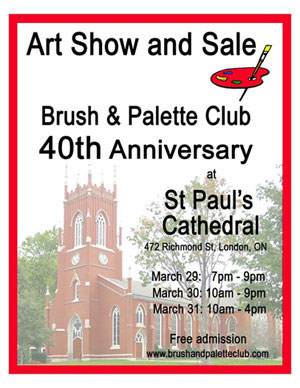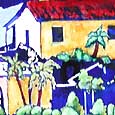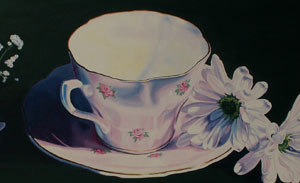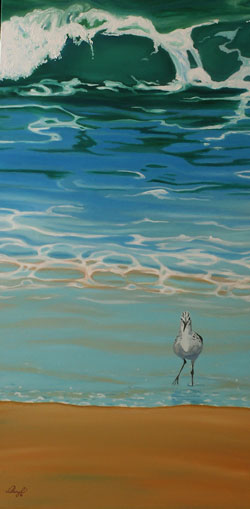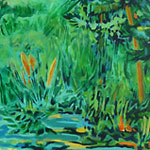Inspiration
“Think left and think right and think low and think high. Oh, the thinks you can think up if only you try.” Dr. Seuss
Here’s a fun photo for you to ponder. Can you guess what this image is? Make your guess before reading the rest of the blog. (Find link on my homepage blog, cherylo.ca if you are reading this on facebook or elsewhere.)
Inspiration for art is all around us. And if you want to go wild with colour, take a look at the galaxy photos from the Hubble telescope, or some from macro photography – think high, think low! I’m betting you will find some colour combinations that you never dreamed of.
